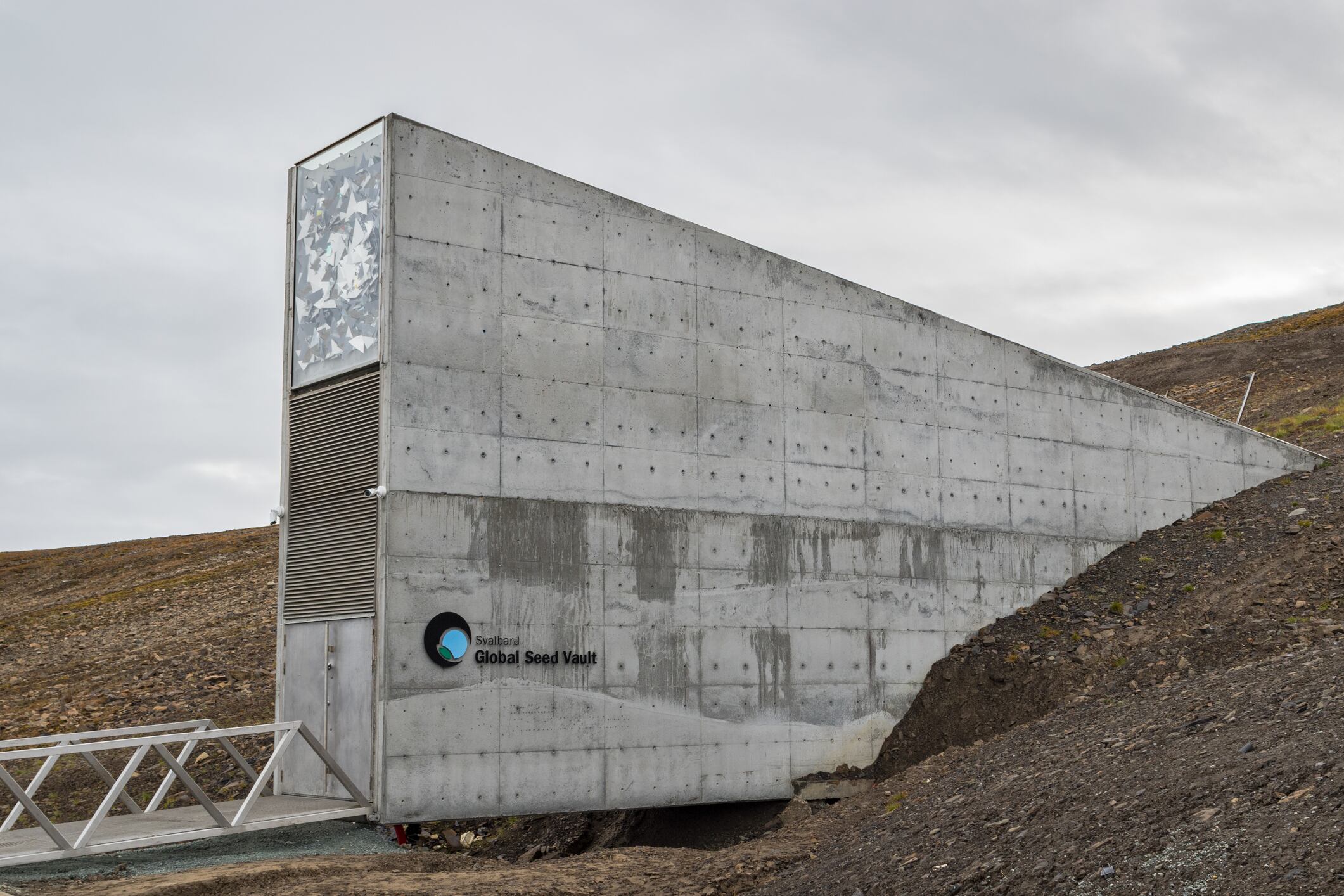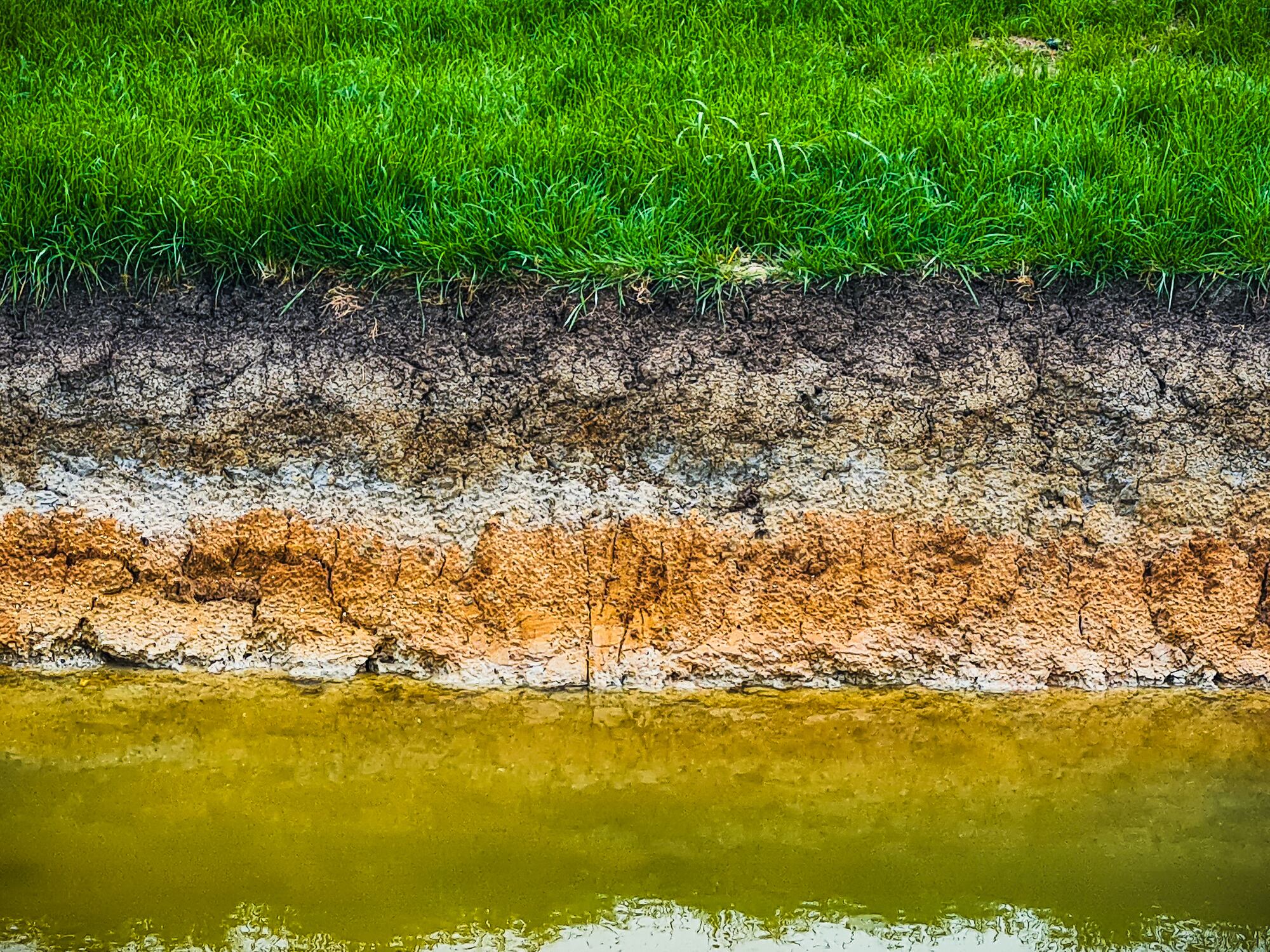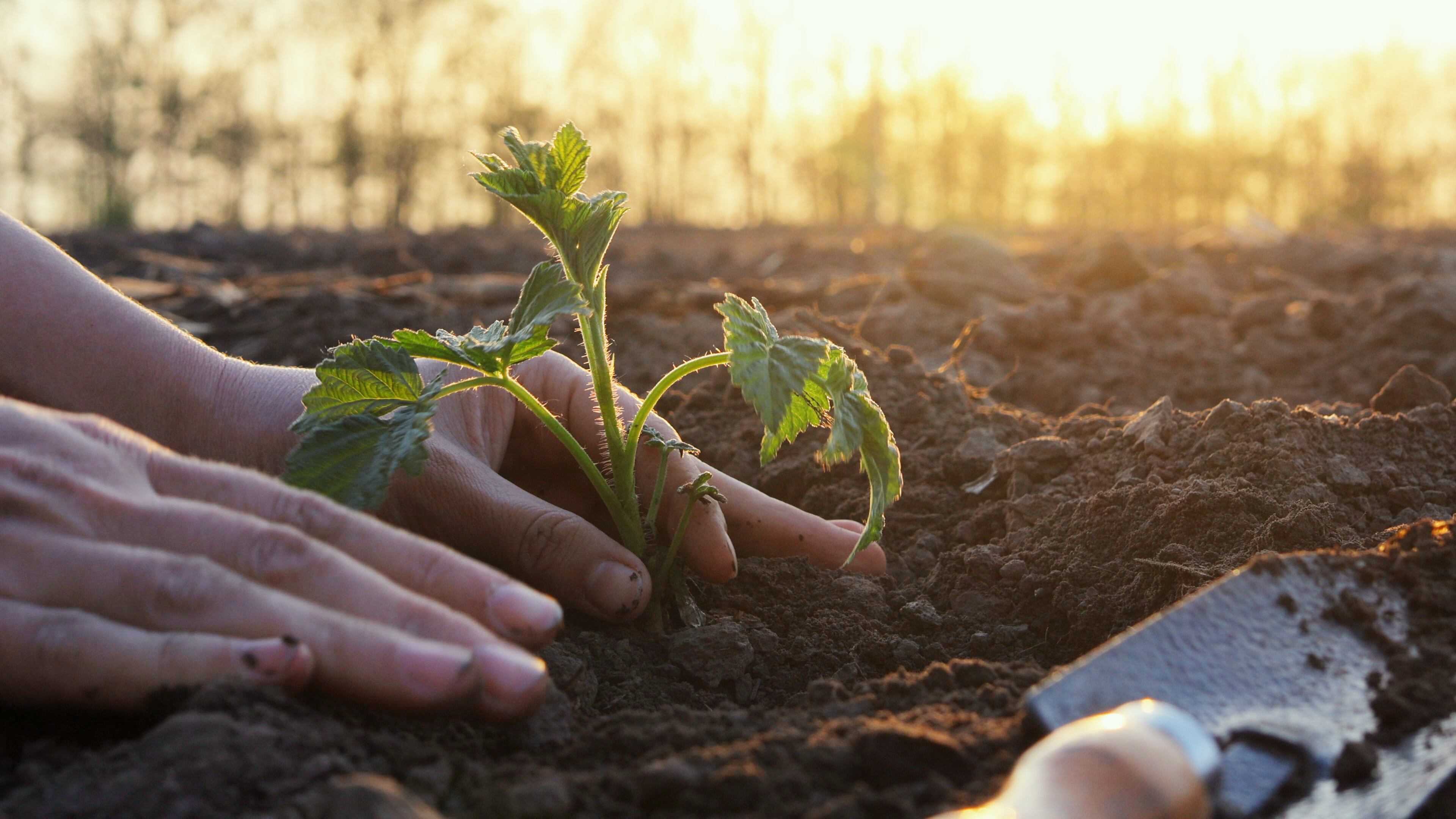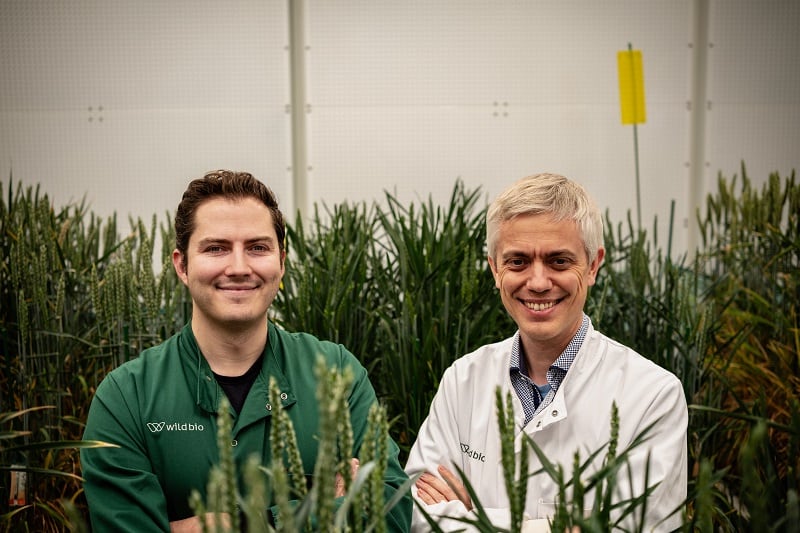Dug into the icy mountainside of a remote Norwegian island, the Svalbard Global Seed Vault looks like something out of 2001: A Space Odyssey. But since opening in 2008, this ‘doomsday vault’ has served a very real purpose: protecting the world’s crop diversity against global catastrophe.
Now, in a landmark move, the vault has accepted its first major deposit of African opportunity crops – traditional vegetables that are vital for nutrition, cultural heritage, and climate resilience across the continent.
Seeds of hope: Africa’s vegetable genebank steps up
The deposit, made by Africa’s Vegetable Genebank, includes over 3,000 seed samples representing 109 crop species from more than 30 African countries, ranging from Senegal to Madagascar.
Among the seeds are amaranth, jute mallow, Bambara groundnut, African eggplant, and okra. These crops increasingly recognized for their ability to diversify diets, strengthen local economies, and withstand climate shocks. But many have vanished from farmers’ fields, displaced by imported staples.
“This is much more than a deposit of seeds; it is a demonstration of our commitment to preserving Africa’s vegetable heritage,” said Dr. Sognigbe N’Danikou, head of the genebank and a leading scientist at WorldVeg.
“Each seed carries generations of farmer wisdom, adaptation, and cultural value. Backing them up in Svalbard lays a strong foundation for Africa’s food security and resilience – ensuring we can continue to nourish generations to come.”
Backing up biodiversity in the Arctic
The deposit is part of the African Vegetable Biodiversity Rescue Plan, endorsed by the African Union, which aims to conserve and promote the use of traditional crops. With this shipment, over half of the genebank’s 10,500 accessions are now backed up in Svalbard – a safeguard against climate change, conflict, and natural disasters.
The seeds are not just stored – they’re actively used. The genebank has distributed thousands of seed kits to farmers and researchers across Africa, including emergency kits for displaced farmers in Sudan and school garden programmes.
“Africa’s Vegetable genebank is part of a living system of innovation, built on collections that are actively used as well as conserved,” said Daniel Frans van Gilst, senior agriculture adviser at Norwegian Agency for Development Cooperation (Norad). “Its strength lies in both conserving biodiversity and putting it to work – enabling farmers and researchers to plant, study, and improve crops that build more resilient farms, healthier diets, and stronger livelihoods.”
Global partnerships for local impact
Supported by Norad, the Crop Trust, and the FAO’s International Treaty on Plant Genetic Resources, the Africa’s Vegetable Genebank is the largest of its kind in the continent. Its work has helped farmers identify promising crop varieties through citizen science trials and research collaborations.
“This deposit is a powerful reminder of how global cooperation can safeguard the foundations of our food systems,” said Dr. Stefan Schmitz, executive director of the Crop Trust.
Professor Mary Abukutsa-Onyango, joint laureate of the 2025 Africa Food Prize, added: “Having Africa’s vegetable diversity safeguarded in the Svalbard Vault sends a powerful message of hope about the strength of global partnerships to protect Africa’s nutrition and biodiversity for generations to come.”





